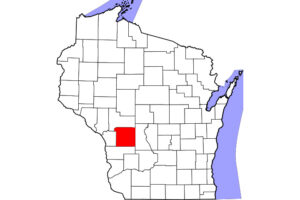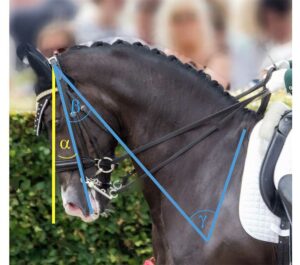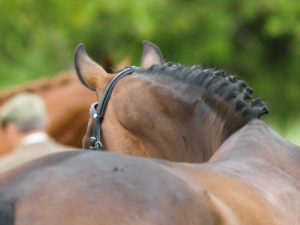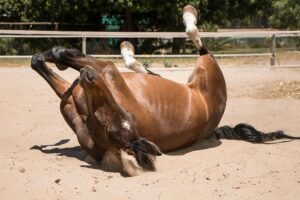Recognizing Pain on a Horse’s Face
- Topics: Article

Humans, other primates, and even dogs share a common feature: We express ourselves, including our physical pain, through our faces. Horses, maybe not so much. At least not in a way researchers have quantified until recently.
To investigate, researchers in Italy, Germany, and the United Kingdom worked together to develop and test a standardized pain scale based on equine facial expressions. Michela Minero, DVM, PhD, ECVBM-CA, presented the study results at the 2013 International Society for Equitation Science, held at the University of Delaware in Newark. The study was published March 19 in the open-access journal PLoS One.
The Question
Facial action coding systems are used for nonverbal humans—as well as mice, rats, and rabbits—to identify pain response. Minero and her team wondered if the same systems could work on horses.
To create and validate an equine facial pain scale (called the “horse grimace scale,” or HGS) and investigate postoperative pain experienced by horses, the researchers enlisted a facial recognition specialist and lay evaluators to grade high-definition images of horse facial expressions before and after castration (gelding) surgery.
More than 240,000 horses are castrated in Europe every year, but less than 40% of them receive pain relievers after surgery, Minero said, adding that a better understanding of whether or not horses experience pain post-castration could help improve patient welfare.
The Horses
The team evaluated 40 stallions and colts of different breeds, aged 1-5 years old, before and after the horses underwent routine surgical castration with a closed technique under general anesthesia, Minero explained. Researchers divided the horses into two mixed-age and -breed groups. The first group (19 horses) received a single injection of flunixin meglumine (a nonsteroidal anti-inflammatory sold under the trade name Banamine) immediately before anesthesia. The second group (21 horses) also received flunixin meglumin injections prior to anesthesia and again six hours post-operatively.
A third group of control six horses included those that underwent noninvasive indolent diagnostic procedures under general anesthesia.
None of the study horses had preexisting pain-related conditions, Minero said.
The Images
In conjunction with their procedures, the study horses were hospitalized for five days in an observation stall equipped with high-definition video cameras. On the days prior to surgery, researchers collected 30-minute videos of each horse to create a baseline. Videos of the horses were also taken eight hours post-operatively. Researchers then extracted still images from the videos, zooming and cropping so that the photographs only included the horses’ heads and necks.
The Expert
A treatment-blind observer experienced in assessing facial expression in other species (“But not experienced with horses,” Minero clarified) evaluated the study’s still images to create a six-point HGS, which includes the following pain-related facial expressions:
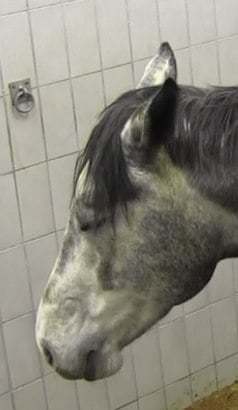
- Stiffly backward ears;
- Orbital (eye) tightening;
- Tension above the eye area;
- Strained chewing muscles;
- Muscles strained; and
- Pronounced chin.
The Evaluation and Results
Once the facial expression expert defined a HGS, five treatment blind participants individually used the scale to evaluate and score images of horses in the study. “These also were not people experienced with horses,” Minero pointed out.
The research team trained the evaluators to use the HGS.
The photo set included 60 randomly selected preoperative still images and 60 randomly selected postoperative still images.
The evaluators found no difference in horses before surgery. However, the evaluators correctly identified 73.3% of postsurgical images as postsurgical Additionally, horses in the group that received flunixin meglumin injections after their surgeries consistently scored lower on the HGS than those that in the nontreatment group, indicating pain relief from the analgesic.
What do these results mean going forward?
“The study and its results provide a new approach to assess horses’ pain on a standardized scale of facial expression,” Mineros said, adding that the HGS offers good accuracy. It is also easy to train potential evaluators on the HGS, she said.
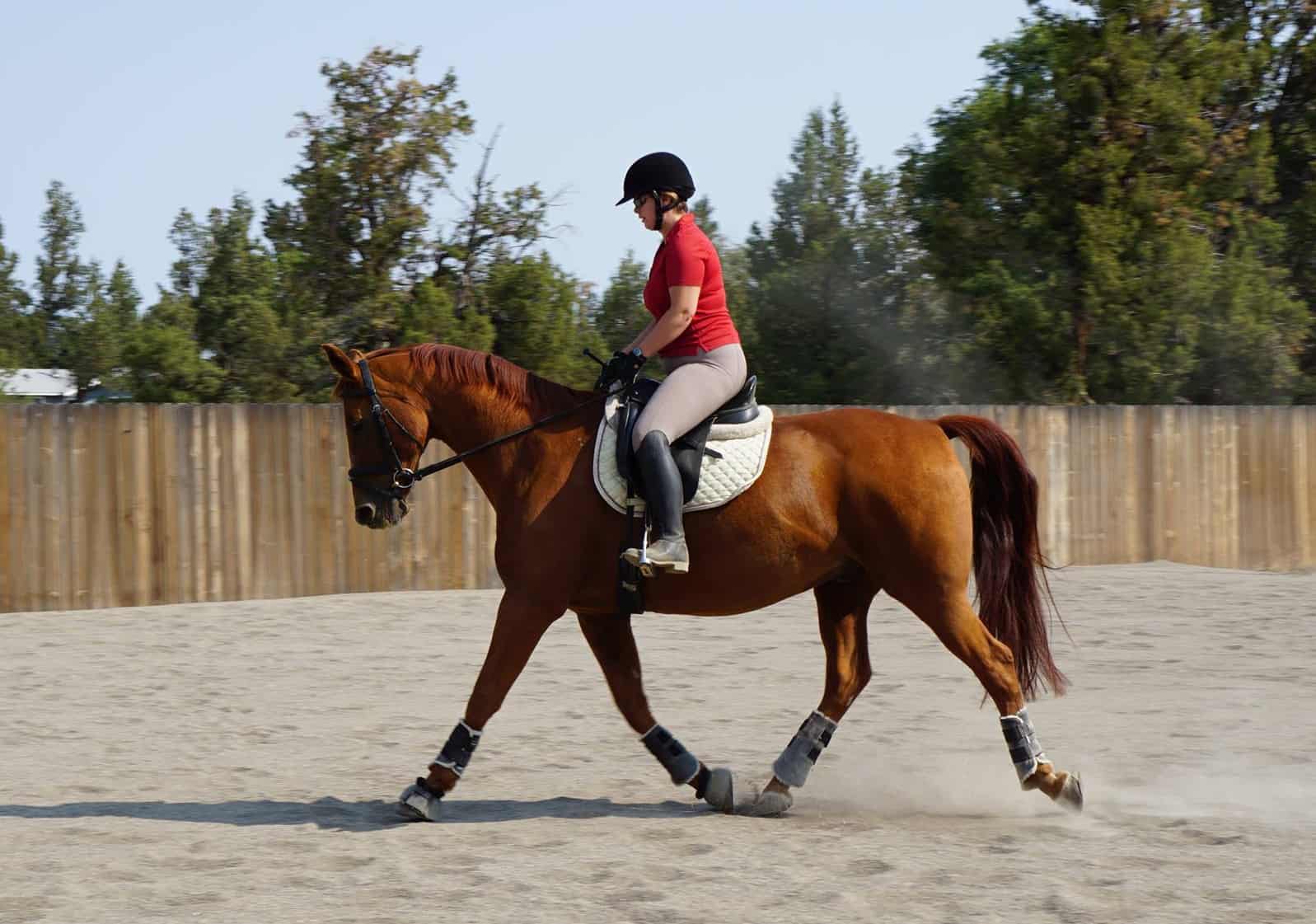
Written by:
Michelle Anderson
Related Articles
Stay on top of the most recent Horse Health news with










